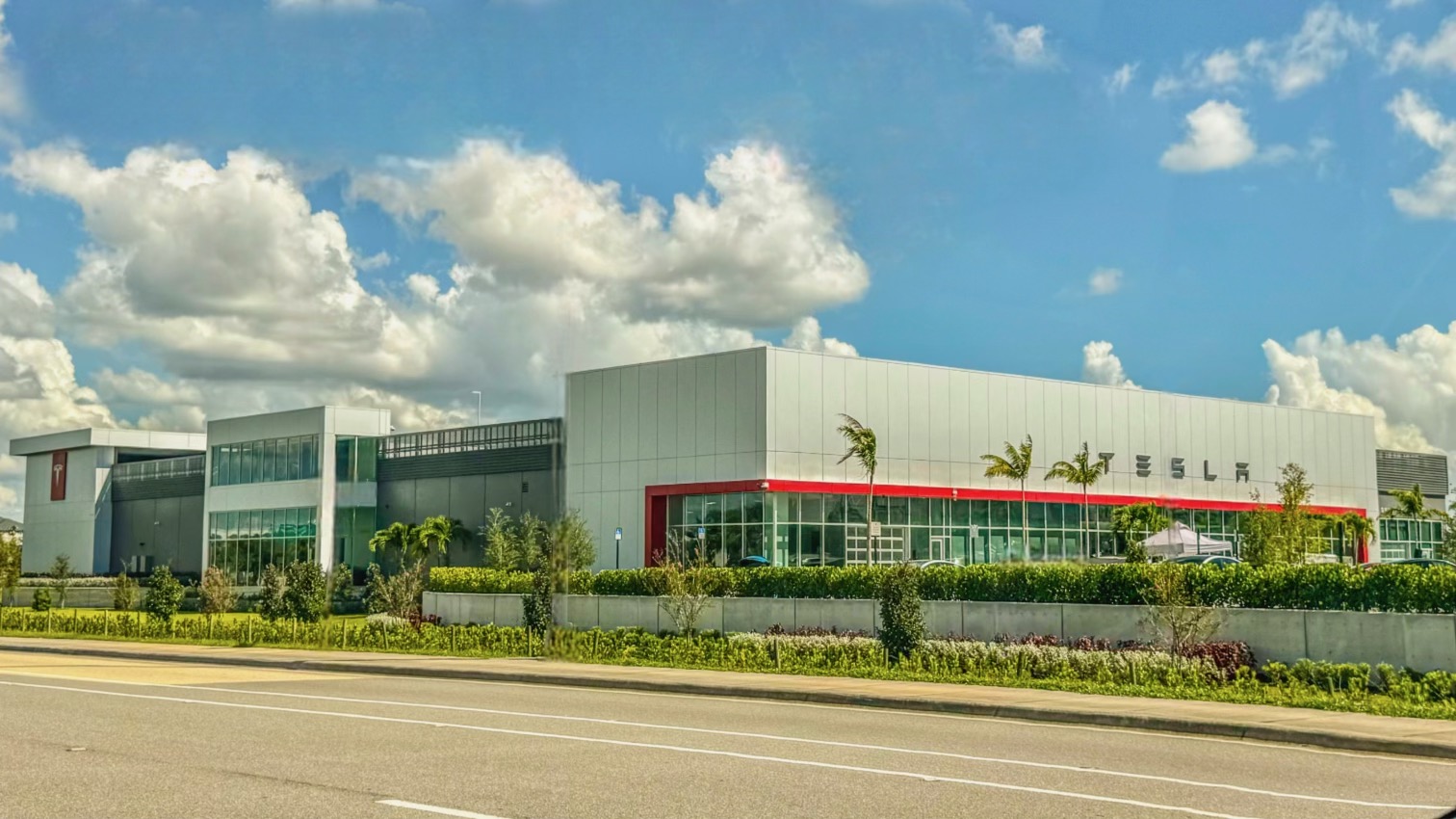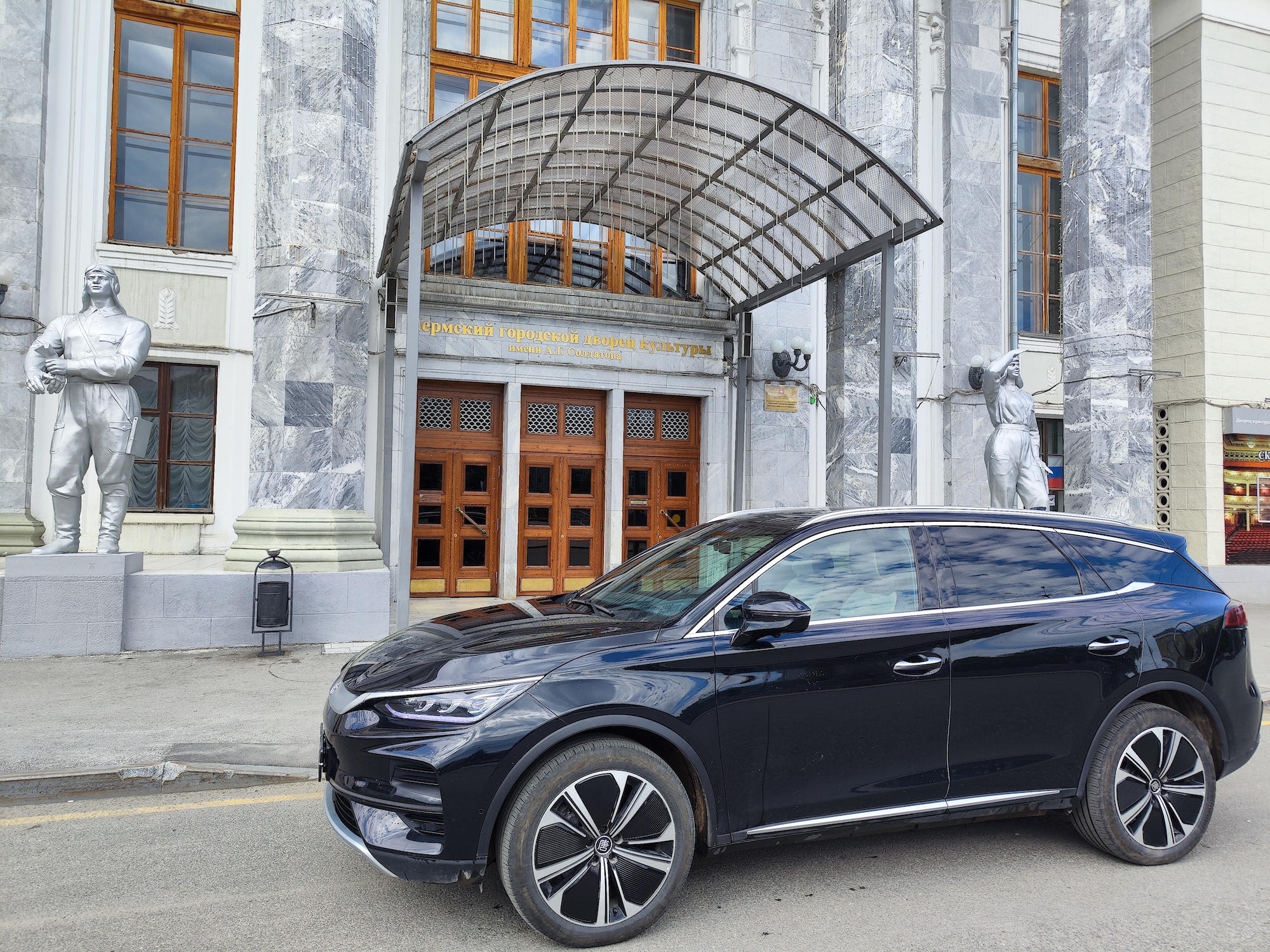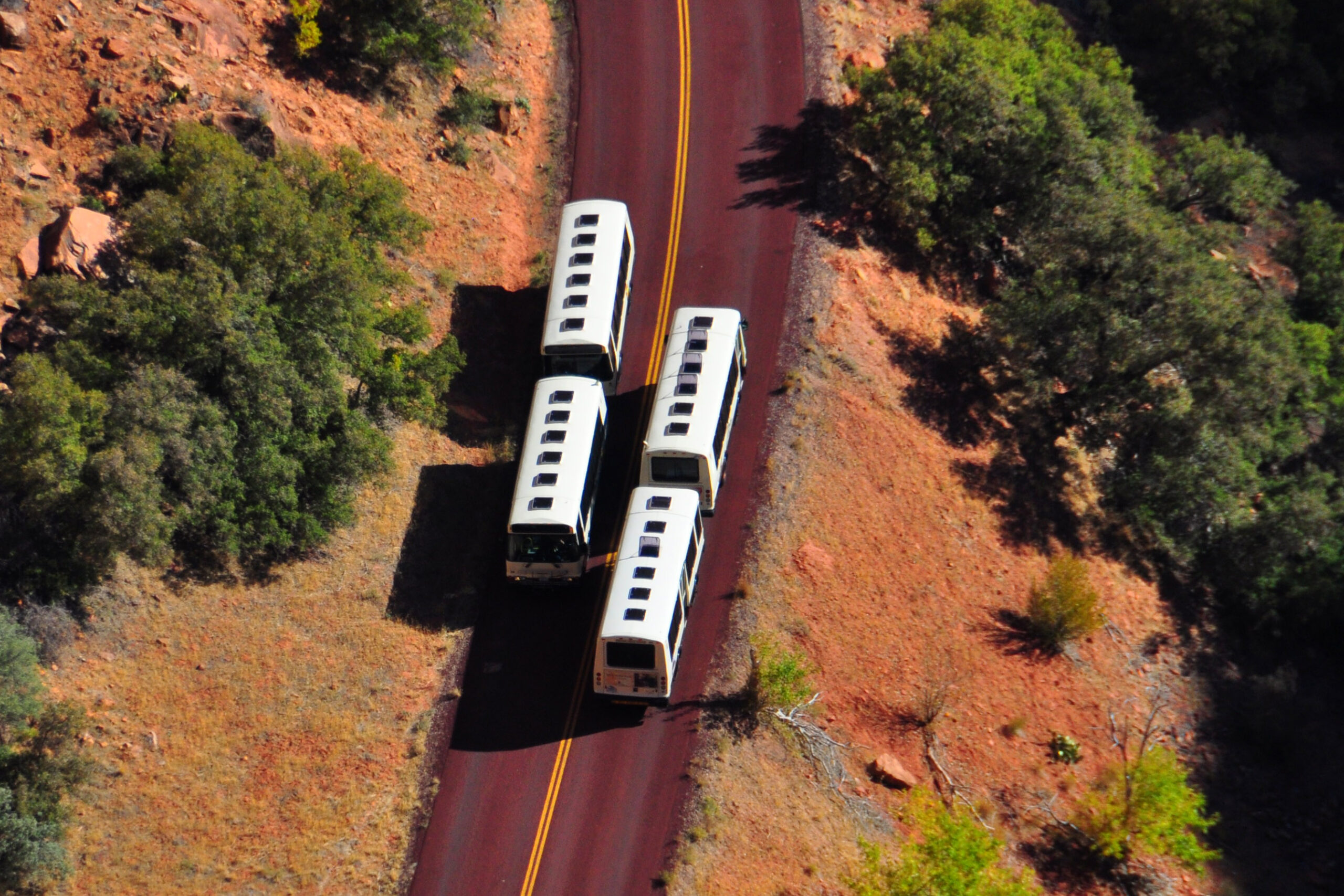
Courtesy of LNG Canada
Supporting the development of a healthy liquefied natural gas (LNG) sector in Canada is just the right thing to do.
Responsibly produced Canadian-made LNG can do many things at once: substantially lower global emissions, generate immense government revenues, support Indigenous economic reconciliation, create domestic jobs and economic benefits, and provide energy security to our allies.
But LNG opponents are against all this. You would think net global emission reductions – even if there were a slight increase in provincial emissions – is something these non-governmental organizations (NGOs) want.
If only sensible and realistic thinking prevailed.
We must remember that GHG emissions don’t honour national boundaries, so it’s vital that we address global emissions – even if it means our local emissions may rise slightly as a result. We should always follow the numbers.
Academic studies have shown the significant role Canadian LNG can play in global emission reduction efforts.
Kasumu et al. [1] demonstrated that, when replacing coal in Chinese energy facilities, B.C. LNG produces lower total, life-cycle emissions. Another academic paper in the Journal of Cleaner Production found up to a 62% reduction in greenhouse gases (GHGs) when substituting Canadian LNG for coal power generation in Asia [2].
And, B.C. LNG will replace not only coal in China, but also Chinese gas.
How does replacing Chinese gas with BC LNG help the climate? Simple: For energy production, China relies not only on coal but also on Chinese synthetic natural gas (SNG), which is produced by converting coal to gas. The conversion process creates enormous carbon dioxide (CO2) emissions and is significantly more GHG-intensive than B.C. LNG.
Additionally, even greater environmental benefits are realized when we electrify the LNG process as we have done in Canada, given B.C.’s electricity source is largely clean hydro.
In case you didn’t know, Cedar LNG, Ksi Lisims LNG and Woodfibre LNG have all committed to net-zero, and will rely on hydro to make it happen.
But Canadian LNG opponents are against all this too.
Today, we see these “environmentalists” being called out for their actions and how they adversely affect reconciliation with Indigenous communities.
With widespread First Nations support for B.C. energy projects, the oil and gas divestment movement is now seen as sabotaging initiatives aimed at alleviating poverty within Indigenous communities [3].
Activists participating in these anti-LNG, anti-pipeline demonstrations look past the fact that endorsing divestment from responsibly produced Canadian oil and gas, in many instances, equates to opposing the financial well-being of Indigenous communities [3].
Why do they take a position of “pro-poverty” for remote First Nations that seek to uplift their standard of living and quality of life through responsible energy development, despite the emissions reductions these Indigenous-led projects will create?
It’s just wrong.
While opponents do everything possible to block and delay Canadian energy projects, other producers are off to the races.
Mexico, for example, is set to surpass Canada in global LNG exports, as it utilizes American natural gas to create an industry of its own [4].
Qatar, a top three global LNG exporter, has already signed two multi-billion dollar deals with China this year. The country has plans to boost its capacity and gas production through a major North Field expansion to be completed by 2028 [5][6].
U.S. LNG project approvals are on track for record new volumes, accounting for roughly 40% of LNG supply growth between 2025 and 2030 to become the world’s largest exporter [7].
The Americans came to Europe’s rescue amid the energy crisis that ensued from the war in Ukraine. At times, tankers from Louisiana and Texas were largely responsible for keeping the lights on across the continent [7].
And where was Canada?
Our country’s lack of political will and over-burdening regulatory process has left us in the dust behind other major global energy exporters in the development of our industry – and LNG opponents want to keep it that way.
If left to anti-Canadian LNG activists, we would not contribute to global emission reduction efforts, First Nations in Canada would remain extremely poor, and our allies would have to keep their energy security in the hands of unreliable sources.
All this just doesn’t make sense.
If you value environmental protection, Indigenous economic reconciliation, energy security and economic prosperity, you choose Canadian-made LNG — let’s not pretend otherwise.

SOURCES:
1. “Publication on ACS,” American Chemical Society Publications, https://pubs.acs.org/doi/abs/10.1021/acs.est.7b05298 (accessed August, 2023).
2. “Science Direct Article,” ScienceDirect, https://www.sciencedirect.com/science/article/abs/pii/S0959652620307484 (accessed August, 2023).
3. “Energy Divestment is Anti-Indigenous,” Troy Media, https://troymedia.com/business/energy-divestment-is-anti-indigenous/ (accessed August, 2023).
4. “Supporting Canadian LNG Projects is Good for the Economy and the Planet,” Policy Options, https://policyoptions.irpp.org/magazines/july-2023/supporting-canadian-lng-projects-is-good-for-the-economy-and-the-planet/ (accessed August, 2023).
5. “China to Sign Another 27-year LNG Deal With Qatar,” Bloomberg, https://www.bloomberg.com/news/articles/2023-06-20/china-to-sign-another-27-year-lng-deal-with-qatar-ft-says (accessed August, 2023).
6. “Today in Energy,” U.S. Energy Information Administration, https://www.eia.gov/todayinenergy/detail.php?id=57300 (accessed August, 2023).
7. “Europe Energy Natural Gas,” The New York Times, https://www.nytimes.com/2022/11/16/business/europe-energy-natural-gas.html (accessed August, 2023).
8. “LNG Outlook 2023,” Shell, https://www.shell.com/energy-and-innovation/natural-gas/liquefied-natural-gas-lng/lng-outlook-2023/_jcr_content/root/main/section_599628081_co/promo_copy_copy/links/item0.stream/1676487838925/410880176bce66136fc24a70866f941295eb70e7/lng-outlook-2023.pdf (accessed August, 2023).
Share This:




